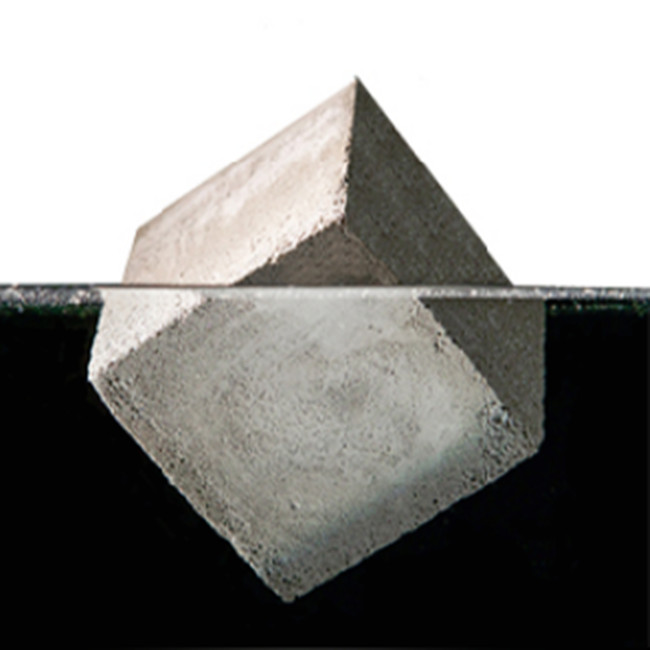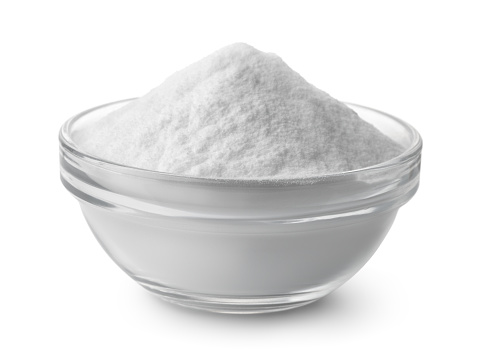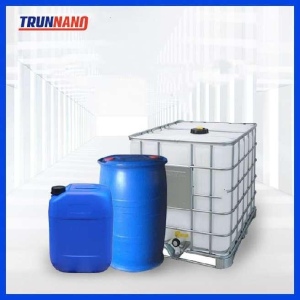Professional solutions on concrete addtives, Concrete Foaming Agent, Superplasticizer, CLC Blocks Additives, and foaming machine
(How to Use Antifreeze in Foam Concrete in Winter)
Antifreeze is widely used in foam concrete to enhance its performance in cold conditions. Because in winter, foam concrete may be affected by freezing, resulting in its performance degradation. This article will discuss in detail how to use antifreeze in winter foam concrete.
Types of antifreeze
According to its mechanism of action and effectiveness, antifreeze can be divided into the following categories:
Early strength antifreeze: mainly used to quickly improve the early strength of concrete and reduce its freezing point. It is an antifreeze agent that promotes the strength development of concrete within a certain period, which can quickly achieve the goals of protection, corrosion prevention, and fast hardening, and self-supporting. It also has good self compacting performance and pumpability, and the product has better water reducing performance. This type of antifreeze can be used in combination with other polycarboxylic acid series superplasticizers. Early strength antifreeze is a type of concrete admixture selected in areas where the daily minimum temperature does not exceed -10 ℃. It has characteristics such as early strength, water reduction, antifreeze, and reinforcement.
Efficient antifreeze: It has a long shelf life and is suitable for concrete that is exposed to low temperatures for a long time. This type of antifreeze meets the strength performance requirement when its strength is measured to be 1% -1.5% higher than the sequential limit strength within the specified age. It should have performance characteristics such as efficient water reduction, reinforcement, air entrainment, and nitrite composition.
Composite antifreeze: Combining the advantages of early strength and high efficiency, it can quickly improve early strength and effectively prevent freezing in the long term. Composite early strength and high-efficiency antifreeze have the characteristics of early strength, high water reducing ability, retarding setting, and plastic preservation. It can improve the early and late strength of concrete while reducing the critical water content. Therefore, it can be used as a protective variety under critical and above environmental conditions, and its impermeability, water resistance, and adhesion to formwork have also been improved, especially suitable for various types of concrete projects poured under harsh conditions.
Usage of antifreeze
When using antifreeze in foam concrete in winter, we need to follow the following steps:
Choose the appropriate type of antifreeze: Select the corresponding type of antifreeze based on the climate conditions and engineering needs of the project location. Specifically, the type of antifreeze required can be decided based on elements such as the location of use, pouring time, curing conditions, and minimum temperature of the concrete.
Determine the dosage of antifreeze: The required dosage varies for different engineering needs and types of antifreeze. The specific amount required should be determined based on the actual situation and engineering needs. Generally, the amount of antifreeze required for foam concrete in winter should be within the appropriate range, and too much or too little will have adverse effects on the performance of concrete.
Evenly mixing: Add antifreeze into foam concrete according to the specified proportion and fully mix evenly. This ensures that all materials can be fully mixed and evenly distributed without local aggregation or uneven concentration. In order to achieve uniform mixing, mechanical mixing or manual mixing can be used for operation.
Transportation and storage: Since antifreeze is added to foam concrete, special attention shall be paid to waterproof, moisture-proof and sunscreen measures during transportation and storage. In addition, it is also necessary to ensure that the materials used comply with relevant standards and that the storage time should not be too long to avoid affecting the quality and effectiveness of the materials.
On site pouring and curing: During the pouring process, attention should be paid to controlling the temperature and humidity of the concrete to ensure its stability. After the pouring is completed, appropriate maintenance operations should also be carried out, such as covering insulation materials and regularly watering to ensure the quality and stability of the concrete.
Result testing: After using antifreeze, the performance of concrete should be tested, such as whether its compressive strength, flexural strength, thermal conductivity, and other indicators meet the expected requirements. If the test results don't satisfy the specifications, then remedial actions should be implemented promptly, or pouring operations must be repeated.
Engineering Case Analysis
A bridge project was constructed in a city in winter. Considering the low temperature in winter, in order to ensure the quality and stability of foam concrete, it was decided to add an appropriate amount of antifreeze to foam concrete. The specific implementation steps are as follows:
Choose the appropriate type of antifreeze: In light of the fact this project situated in the northern region of the country, with lower winter temperatures and longer duration, high-efficiency antifreeze was ultimately chosen.
Determine the amount of antifreeze: According to the experimental comparison results and project needs, the amount of antifreeze is finally determined as 5 kg per cubic meter of foam concrete.
Evenly mixing: Add antifreeze into foam concrete in proportion and fully mix it evenly with mechanical mixing equipment.
Transportation and pouring: The mixed foam concrete is then transported to the construction site via special transport vehicles that are designed for pouring. Strictly control the temperature and humidity of the concrete during the pouring process to ensure its stability.
On site maintenance: After pouring is completed, cover and moisturize the concrete, and take measures such as regular watering to ensure the quality and stability of the concrete. After a winter's use and test, it was found that the quality of foam concrete in the bridge project is stable and reliable and has good compressive strength and flexural strength and other performance.
Supplier
TRUNNANO is a supplier of foam agents with over 12 years experience in nano-building energy conservation and nanotechnology development. It accepts payment via Credit Card, T/T, West Union and Paypal. Trunnano will ship the goods to customers overseas through FedEx, DHL, by air, or by sea. If you are looking for high-quality concrete additives, please feel free to contact us and send an inquiry. (sales@cabr-concrete.com).
(How to Use Antifreeze in Foam Concrete in Winter)







